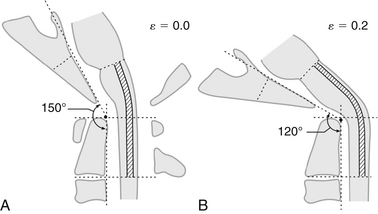b. stretching of the brainstem and spinal cord beyond its natural limits

Die Now it should become obvious why traction helps with those cases. In case a: when the head is pulled upward, the dens is pulled away from the foramen magnum thus eliminating the compresion. In case b: the traction causes the curvature of the spinal cord to be normalized and thus removes the pathological stretching.[/QUOTE]
@borko2100
Regarding Case B:
I actually thought and obviously falsely so, that if you
pull the skull just upward, the clivus would just be pulled along with it in the same position without changing its angle to the dens just creating more distance within clivus and dens.
But if I get it right you are saying that by lifting the head the clivus would actually behave like it does in extension, it would change its angle to bridge The growing distance to the dens. Right ?
?

Die Now it should become obvious why traction helps with those cases. In case a: when the head is pulled upward, the dens is pulled away from the foramen magnum thus eliminating the compresion. In case b: the traction causes the curvature of the spinal cord to be normalized and thus removes the pathological stretching.[/QUOTE]
@borko2100
Regarding Case B:
I actually thought and obviously falsely so, that if you
pull the skull just upward, the clivus would just be pulled along with it in the same position without changing its angle to the dens just creating more distance within clivus and dens.
But if I get it right you are saying that by lifting the head the clivus would actually behave like it does in extension, it would change its angle to bridge The growing distance to the dens. Right
Last edited:
